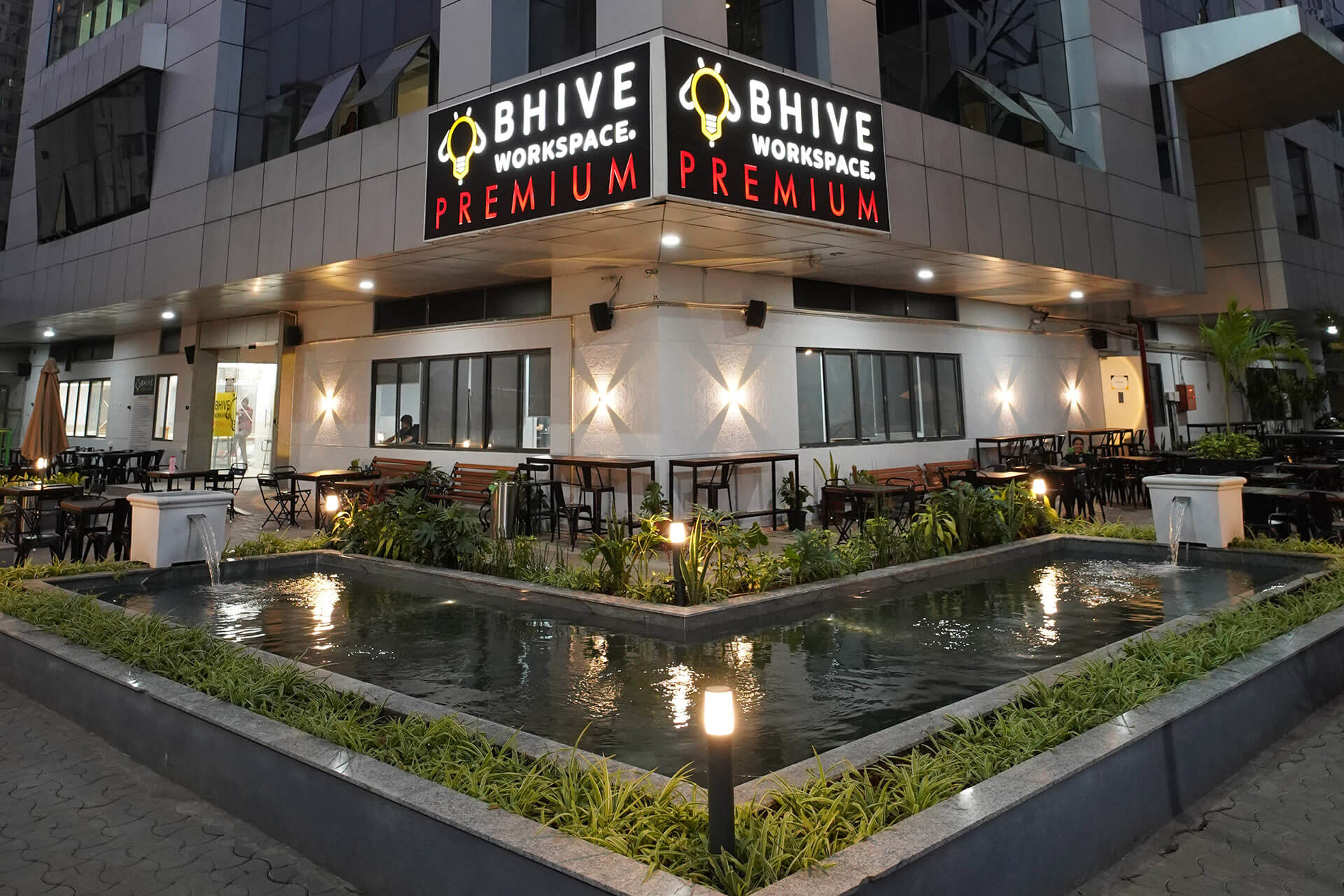AMIT GOENKA, MANAGING DIRECTOR AND CEO, NISUS FINANCE SERVICES CO PVT. LTD.(NIFCO) IN CONVERSATION WITH SAPNA SRIVASTAVA TALKS ABOUT THE CURRENT INVESTMENT OPPORTUNITIES IN THE REALTY SECTOR.
Nisus Finance, Dalmia Group’s Joint Real Estate Fund Hit Its First Closing Recently. What Was Your Strategy For The New Fund? The Dalmis Nisus Fund is focussed on mid-income and affordable housing projects in key micro markets of metro cities in India. The fund is aimed at providing completion capital to the projects that can quickly deliver, have significant sales and can be monetised even during this pandemic. Our fund has moved to a very conservative strategy of looking at superior credit profile and the strongest players from each region as counter parties. Projects with high asset and cash flow cover, receivable discounting, securitisation of cash flows and monetisability of assets over maximum 2-2.5 years in prime micro markets are finding favour. We are focussing on quick cash churn with smaller ticket investments, high engagement on asset management and project monitoring while actively ensuring that the business plans are being delivered upon. The Fund only invests in senior secured debt and hence has no risk of any other lender or investor. Being on the top of the capital stack with a large mezz and/or equity pie below our capital helps scrape off the returns from the top and exit quickly. Our fund of about Rs. 500 cr. is looking to hence execute about 12-14 trades over the next 12 months and churn this cash over two years. While the first close has been with large family offices and corporate treasuries, we are expecting both domestic and foreign intuitional participation in further closings. As a sponsor and Investment Manager we have committed about 15% or Rs. 100 cr of our own capital into the Fund. That makes it one of the highest personal skin in the game by the GP. Why Does It Make Sense To Invest In Times Of Economic Slowdown? Inventory valuations are low, interest rates are at a 15-year low with mortgage rates dipping below 7% and the PMAY benefits have been extended. There are over 1.25 lakh home buyers in key metros who have invested over 50% of the purchase price in buying their first homes. With these projects completing, this will unlock nearly Rs. 50,000 cr. of cash from sold and unsold inventory. Hence investments in securitising these receivables over the next 2-3 years is the safest bet. The pressure of cash flows due to the pandemic and the need to monetize low hanging fruits, is causing developers to slash rates rapidly and liquidate inventory. This brings huge value buying opportunities. The number of launches has gone down by over 50% also, consolidation is reducing the total players and favouring those who have completed or nearly completed assets. Rental yields have climbed up by 50 bps to about 3.5% on a pan India average. This is expected to increase further with efficient use of spaces like co-living and serviced apartments which will be retrofitted to meet new safety norm. Hence investment in nearly complete/ completed mid income housing in key micro markets of MMR, NCR, Bangalore, Hyderabad, Kolkatta, Pune and other major cities is likely to reap significant capital upside. There are also opportunities in high quality preleased commercial spaces with grade-A occupiers, data centres, warehouses which can provide attractive yields to investors. If one can build a portfolio of yielding assets with nearly 9% or higher net entry yields, with long occupiers and attractive capital values, the upside of such investment can be very meaningful. There are also distressed opportunities in land, luxury developments, hospitality There are also opportunities in high quality preleased commercial spaces with grade-A occupiers, data centres, warehouses which can provide attractive yields to investors. If one can build a portfolio of yielding assets with nearly 9% or higher net entry yields, with long occupiers and attractive capital values, the upside of such investment can be very meaningful. There are also distressed opportunities in land, luxury developments, hospitality etc which for a strategic investor can have very attractive upside over the medium to longer horizon. Investing through the Fund and REIT route is the best alternative in current time to reap the benefits of the bottom out pricing. However the strategy for investors in these portfolios must pivot around late stage monetizable residential assets or complete/ nearly complete yielding asset with a strong locked in occupier. What is the capital demand and supply gap in real estate? The total debt outstanding to real estate sector as a whole is approximately Rs. 9 lac crores. Of this approximately Rs. 3.3 lacs crores are towards the development segment. At least Rs. 1.5 crores of new capital is needed towards project development and meeting exiting debt obligations. This was largely financed through banks and NBFCs with the later taking a 40% share. With the significant withdrawal of these institutions, the available funds through AIF funds, FDI and limited banks and NBFCs is estimated to be less that Rs. 40,000 crores. Just about 25% of the capital required is actually available! It is also anticipated that commercial real estate and LRDs will need an additional Rs 1 lac crores to supplement their development and LTV norms respectively. All in all the sector is looking at a capital shortage of nearly of over Rs. 2 lakh crores annually. Also despite the repo rate cuts, the cost of capital to real estate has actually gone up by nearly 150-200 bps due to the uncertainty and short term liquidity risk caused by the pandemic. What will drive demand and revival?
Mid income and affordable housing in key micro markets of Bengaluru, Chennai, Hyderabad, Mumbai, Pune, Kolkatta and along key notes of the DMIC and trunk infrastructure projects are likely to bounce back and fare well. Commercial real estate will continue its stable performance in corporate parks. However IT parks, STP, SEZs, IT/ITES buildings are likely to witness value erosion, rental reduction and vacancy levels with a continued push for work from home by BFSI players.
Co-working is likely to benefit from the core and flex strategy with occupiers looking to take seats across cities to accommodate their employee’s home locations and decongest the core office space. Co-living will need to be re-defined and become larger family and community centres with lower density norms and infrastructure for health and safety.
What will drive demand and revival?
Mid income and affordable housing in key micro markets of Bengaluru, Chennai, Hyderabad, Mumbai, Pune, Kolkatta and along key notes of the DMIC and trunk infrastructure projects are likely to bounce back and fare well. Commercial real estate will continue its stable performance in corporate parks. However IT parks, STP, SEZs, IT/ITES buildings are likely to witness value erosion, rental reduction and vacancy levels with a continued push for work from home by BFSI players.
Co-working is likely to benefit from the core and flex strategy with occupiers looking to take seats across cities to accommodate their employee’s home locations and decongest the core office space. Co-living will need to be re-defined and become larger family and community centres with lower density norms and infrastructure for health and safety.



















